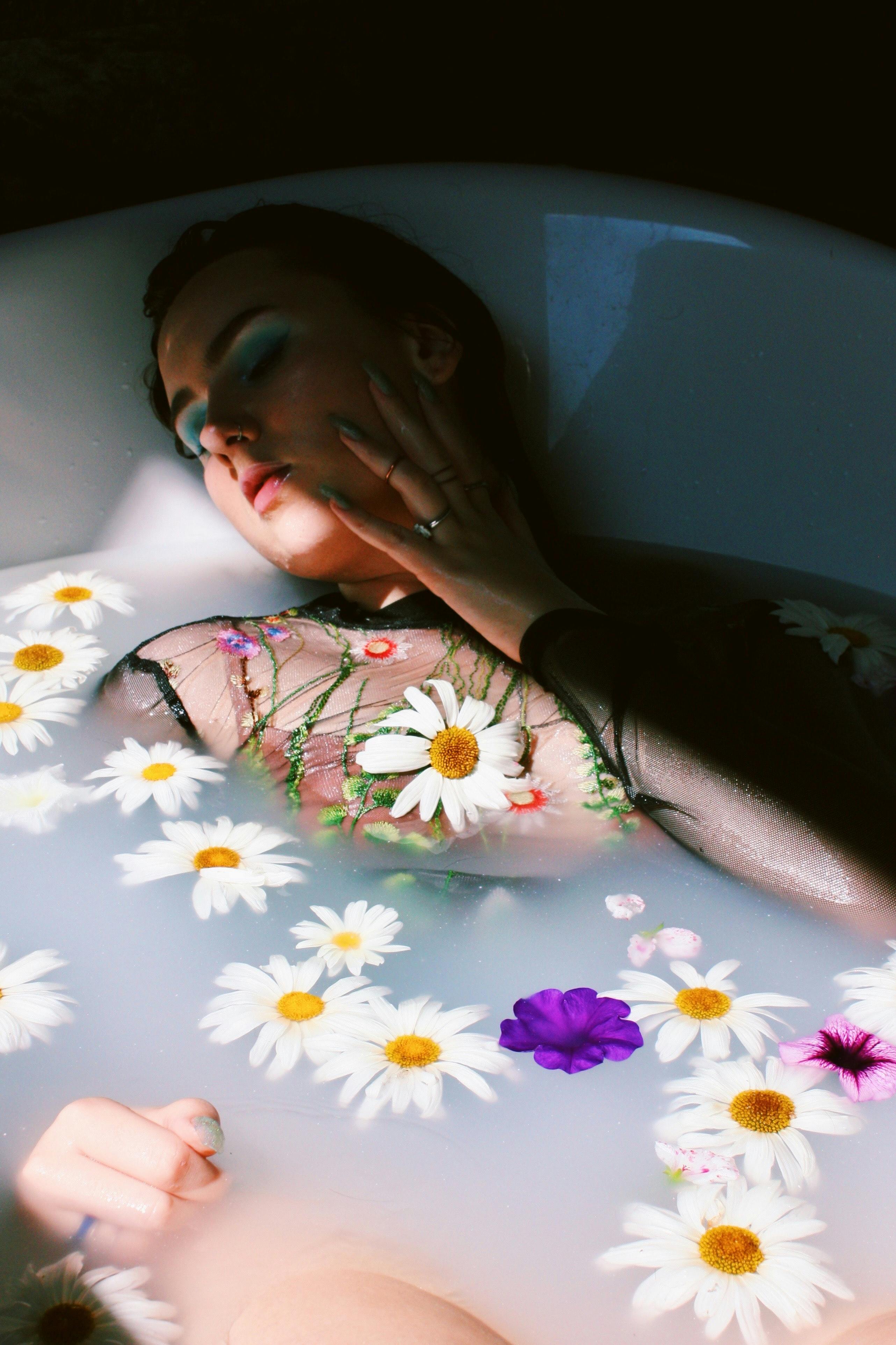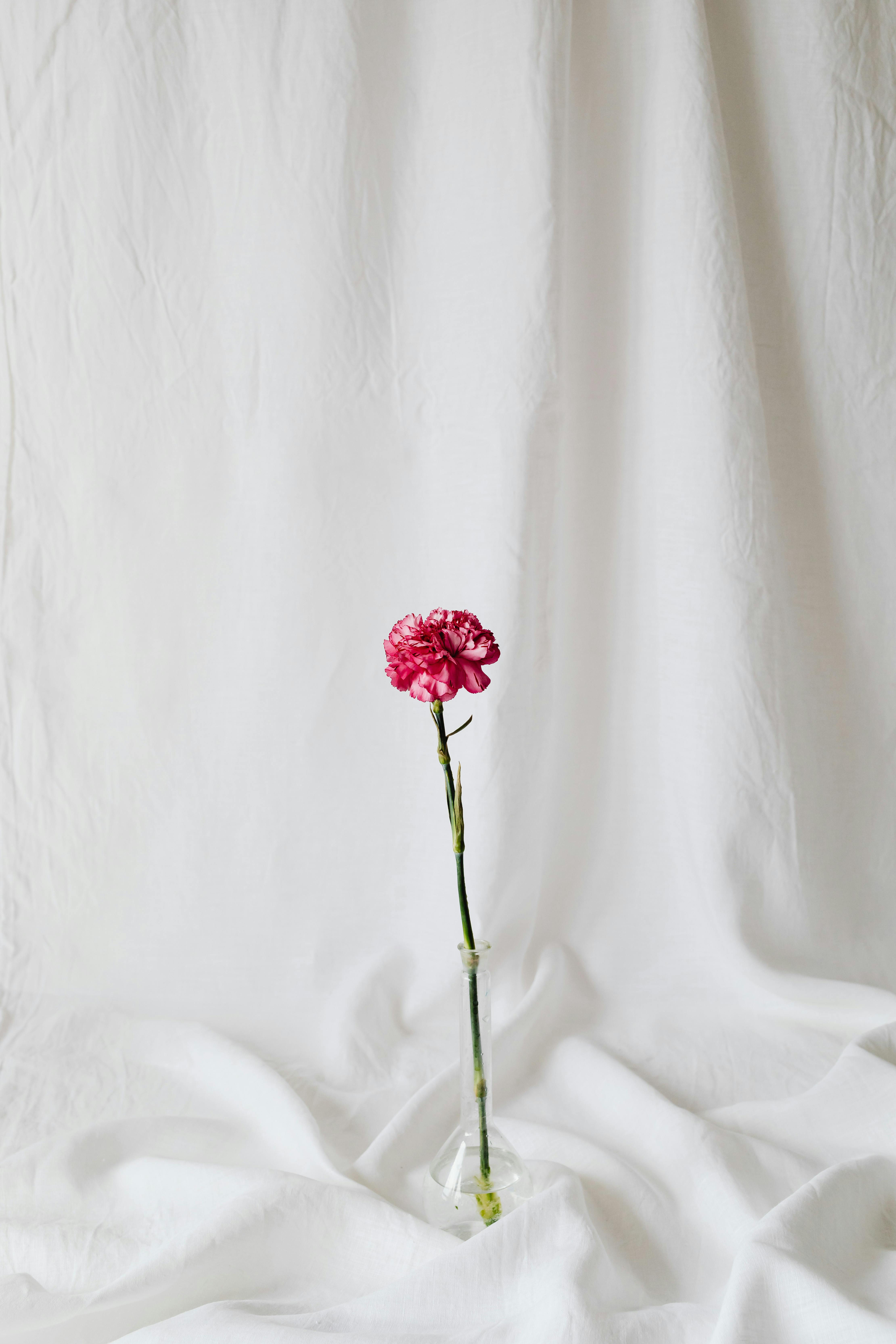Wreyland was part of Bovey parish, despite its proximity to the centre of Lustleigh. Unfinished by Carr, the room has an ornate gilded ceiling with recessed panels in the Italian Renaissance style, installed in 1840. Of the room's eight sides, three have windows forming a large bay, at the centre of which is a large Venetian window echoing the Palladian inspiration of the mansion. The most important thing to remember is to have fun. In the 18th century, such floors (known, because of their outer brickwork, as "the Rustic") would have been used by both the owners and their servants. Prouz is believed to have added the south chapel to the Church of St John the Baptist, near to the manor house in Lustleigh and there is an effigy of him within the church where he is also buried. Mandelville's descendant William Tilly was attainted by King John and forfeited the property, before Robert de Mandeville was able to recover the lands to the family. His work was initially influenced by the Palladian architects, the Earl of Burlington and William Kent and later by the neoclassicism of Robert Adam.
 Hesketh, Robert (2008). Devon Place Names. Ramachandran, Arjun (29 May 2008). "Celebrity chef under fire for 'jihadi chic'". This record was broken again on May 20, 2017, by a team in Melbourne, completed 435 waxes. In 1954, the celebrations were again revived and moved to the Town Orchard where the May Queen's throne was erected on a rock. Poe's story provoked a debate among literary theorists in the 1960s and 1970s. Jacques Lacan argued in Ecrits that the content of the queen's letter is irrelevant to the story and that the proper "place" of the signifier (the letter itself) is determined by the symbolic structure in which it exists and is displaced, first by the minister and then by Dupin. 1941. Major Peter marries for the first time; to Margaret. This enabled it to be competitive by specializing in growing seed crops for the major seed producers. 1933 - Major restoration work is undertaken.
Hesketh, Robert (2008). Devon Place Names. Ramachandran, Arjun (29 May 2008). "Celebrity chef under fire for 'jihadi chic'". This record was broken again on May 20, 2017, by a team in Melbourne, completed 435 waxes. In 1954, the celebrations were again revived and moved to the Town Orchard where the May Queen's throne was erected on a rock. Poe's story provoked a debate among literary theorists in the 1960s and 1970s. Jacques Lacan argued in Ecrits that the content of the queen's letter is irrelevant to the story and that the proper "place" of the signifier (the letter itself) is determined by the symbolic structure in which it exists and is displaced, first by the minister and then by Dupin. 1941. Major Peter marries for the first time; to Margaret. This enabled it to be competitive by specializing in growing seed crops for the major seed producers. 1933 - Major restoration work is undertaken.
 The epigraph "Nihil sapientiae odiosius acumine nimio" ("Nothing is more hateful to wisdom than excessive cleverness") attributed by Poe to Seneca was not found in Seneca's known work. Carr is best known for his work in the north of England, in particular Harewood House. The house was built between 1776 and 1783 for Sir Francis Sykes and designed by John Carr in the Palladian style at a time when Palladianism was giving way to the newly fashionable neoclassicism. The village is clustered around the parish church of St John the Baptist. There is a small village green outside the church and tea rooms, featuring a granite cross, erected as a memorial to the Reverend Henry Tudor, rector of the parish, who died in the early 20th century. If you're ready to find more information about Define boudoir have a look at the web-page. It had always previously been used as a breakfast room or small dining room, less formal than the Dining Room itself. This had the double advantage of not only unifying the facade, but also (in a comparatively small mansion) of creating a discrete space for utilitarian stores, lavatories and the drying of clothes.
The epigraph "Nihil sapientiae odiosius acumine nimio" ("Nothing is more hateful to wisdom than excessive cleverness") attributed by Poe to Seneca was not found in Seneca's known work. Carr is best known for his work in the north of England, in particular Harewood House. The house was built between 1776 and 1783 for Sir Francis Sykes and designed by John Carr in the Palladian style at a time when Palladianism was giving way to the newly fashionable neoclassicism. The village is clustered around the parish church of St John the Baptist. There is a small village green outside the church and tea rooms, featuring a granite cross, erected as a memorial to the Reverend Henry Tudor, rector of the parish, who died in the early 20th century. If you're ready to find more information about Define boudoir have a look at the web-page. It had always previously been used as a breakfast room or small dining room, less formal than the Dining Room itself. This had the double advantage of not only unifying the facade, but also (in a comparatively small mansion) of creating a discrete space for utilitarian stores, lavatories and the drying of clothes.
It has been speculated that the principal facade, the West Front, was inspired by Palladio's Villa Emo. The principal receptions are a communicating circuit of rooms designed for entertaining. The first floor was designed to be a piano nobile (meaning literally a "noble floor"); as its name suggests, it contains the principal rooms of the house. Poe earned $12 for its first printing. It later was included in the 1845 collection Tales by Edgar A. Poe. A doorcase from the "Drawing Room", noted in Quincy Lee, "Catalogue of British Old Master Paintings in the Collection of the Louisiana State University Museum of Art" (on-line text Archived 3 July 2010 at the Wayback Machine). He joined the British East India Company and amassed a fortune in Bengal, at the court of the Nawab. Many of the Jewish Zionist immigrants to Ottoman Palestine and British Mandatory Palestine wore the keffiyeh in emulation of the Arab population out of the desire for "closeness and a sense of belonging to the place".

No Comments